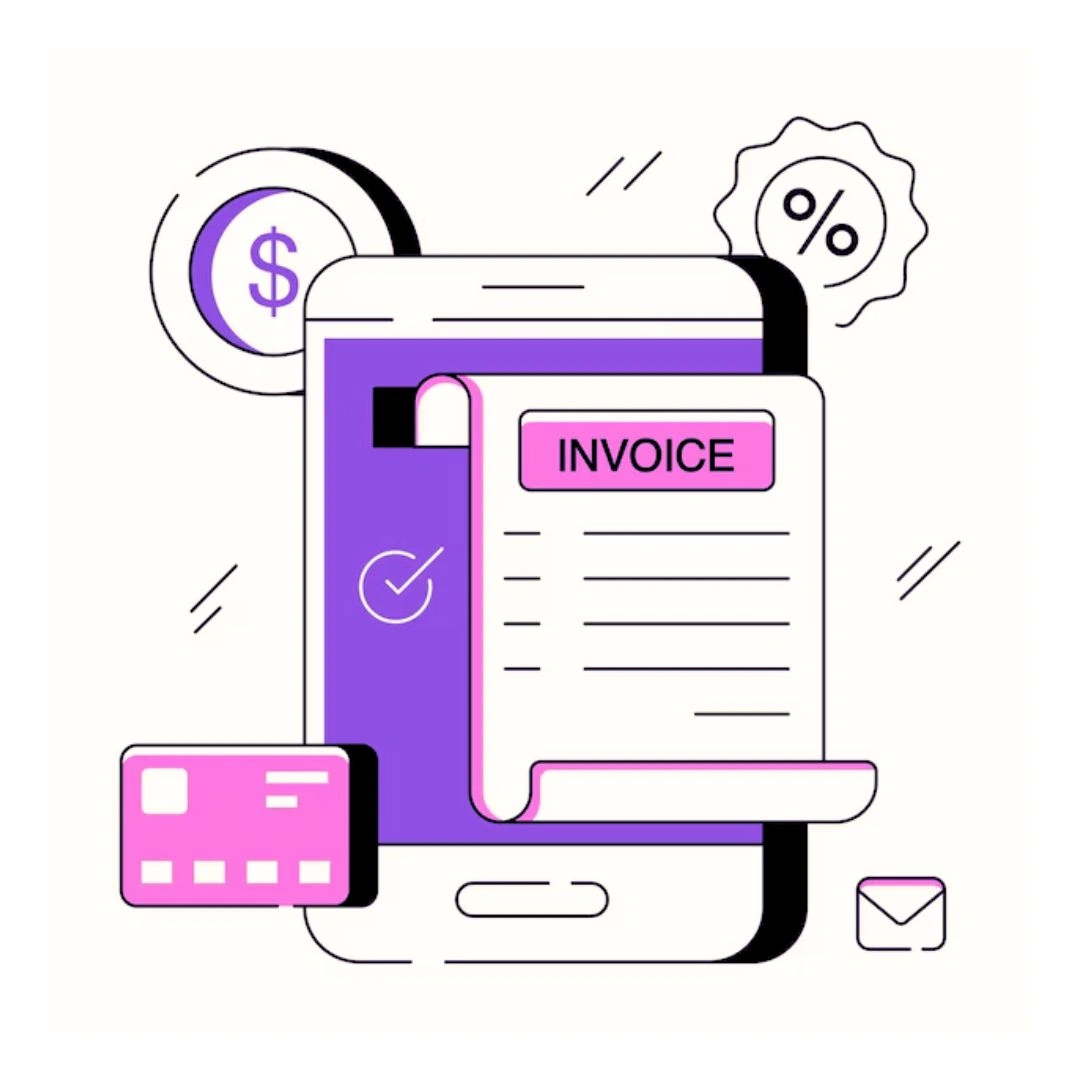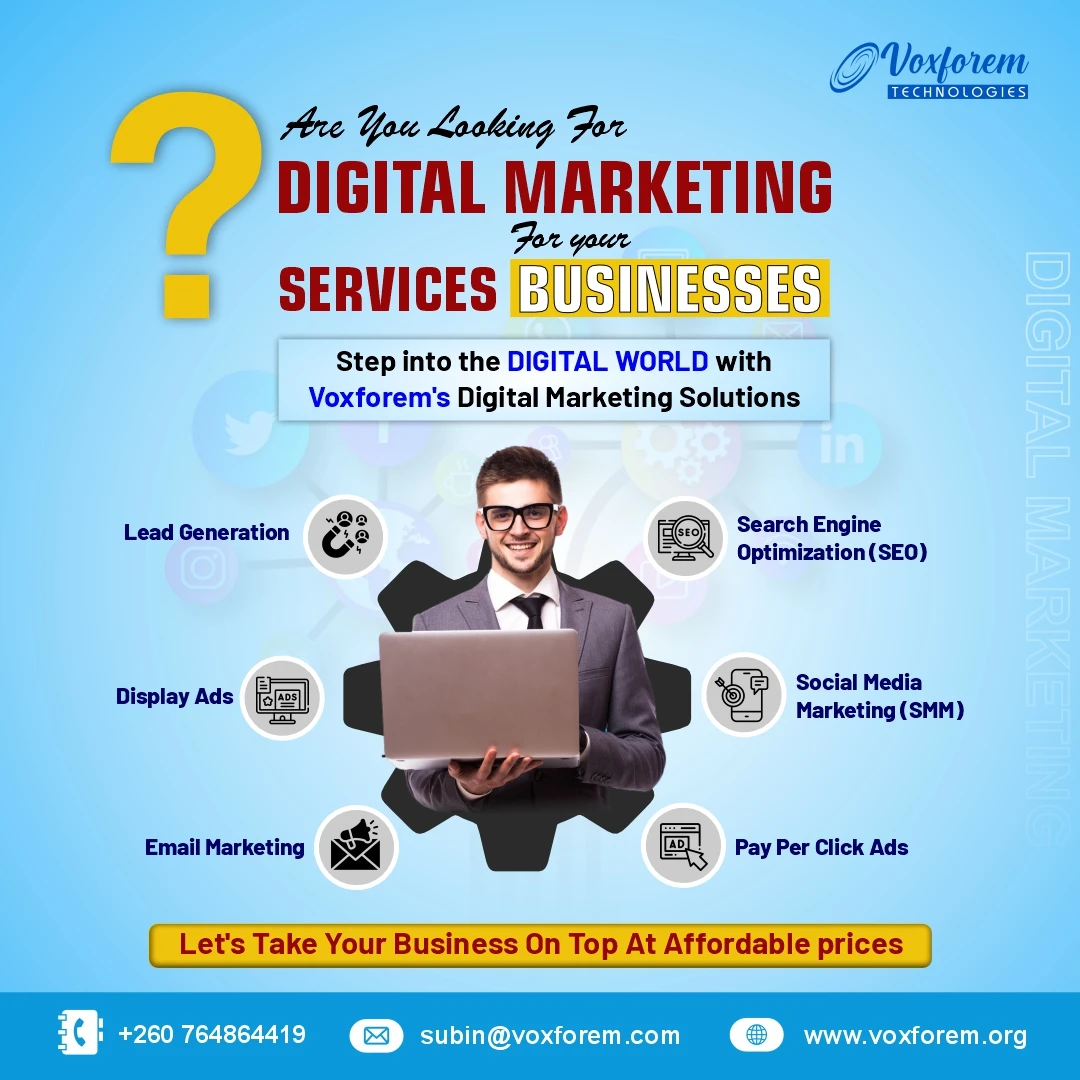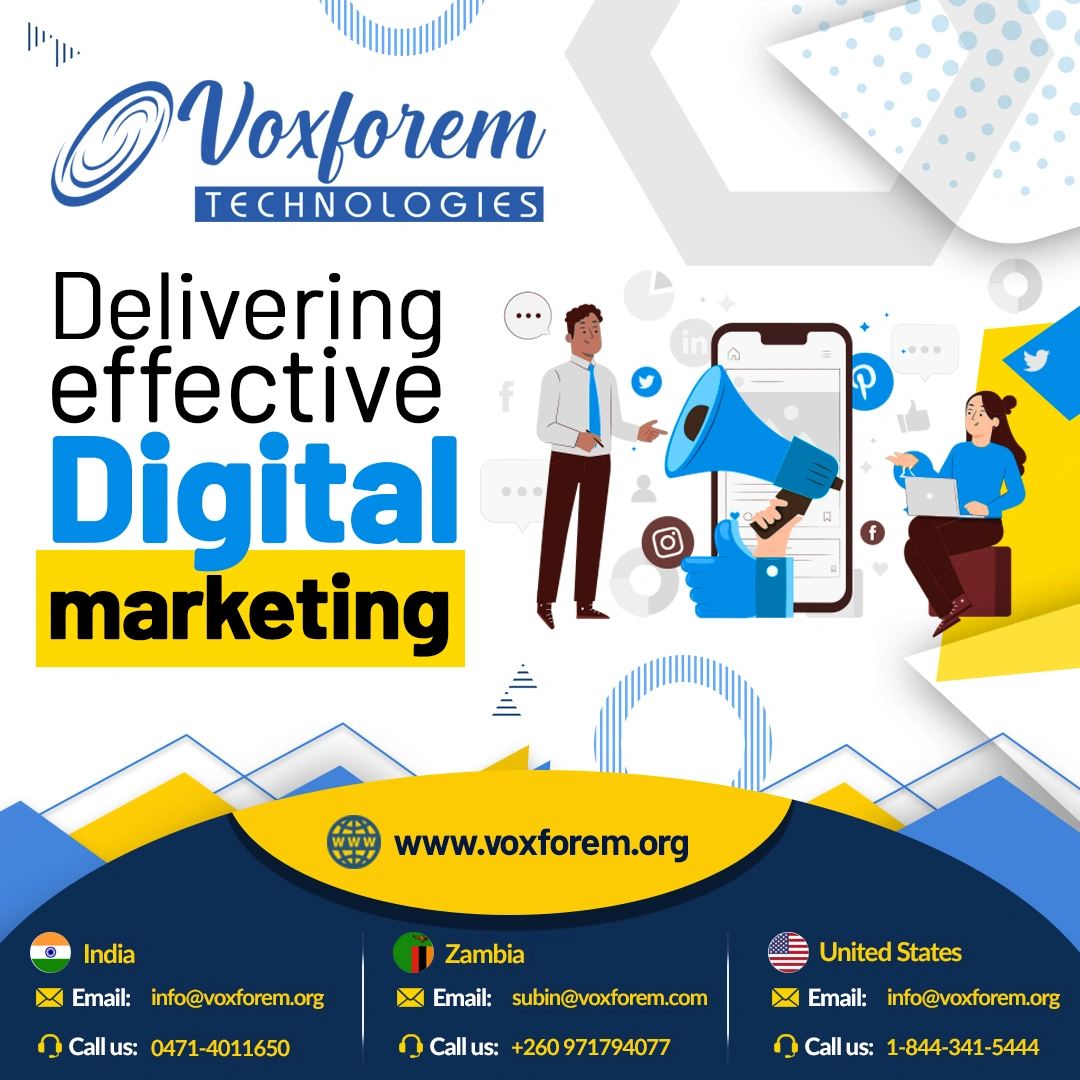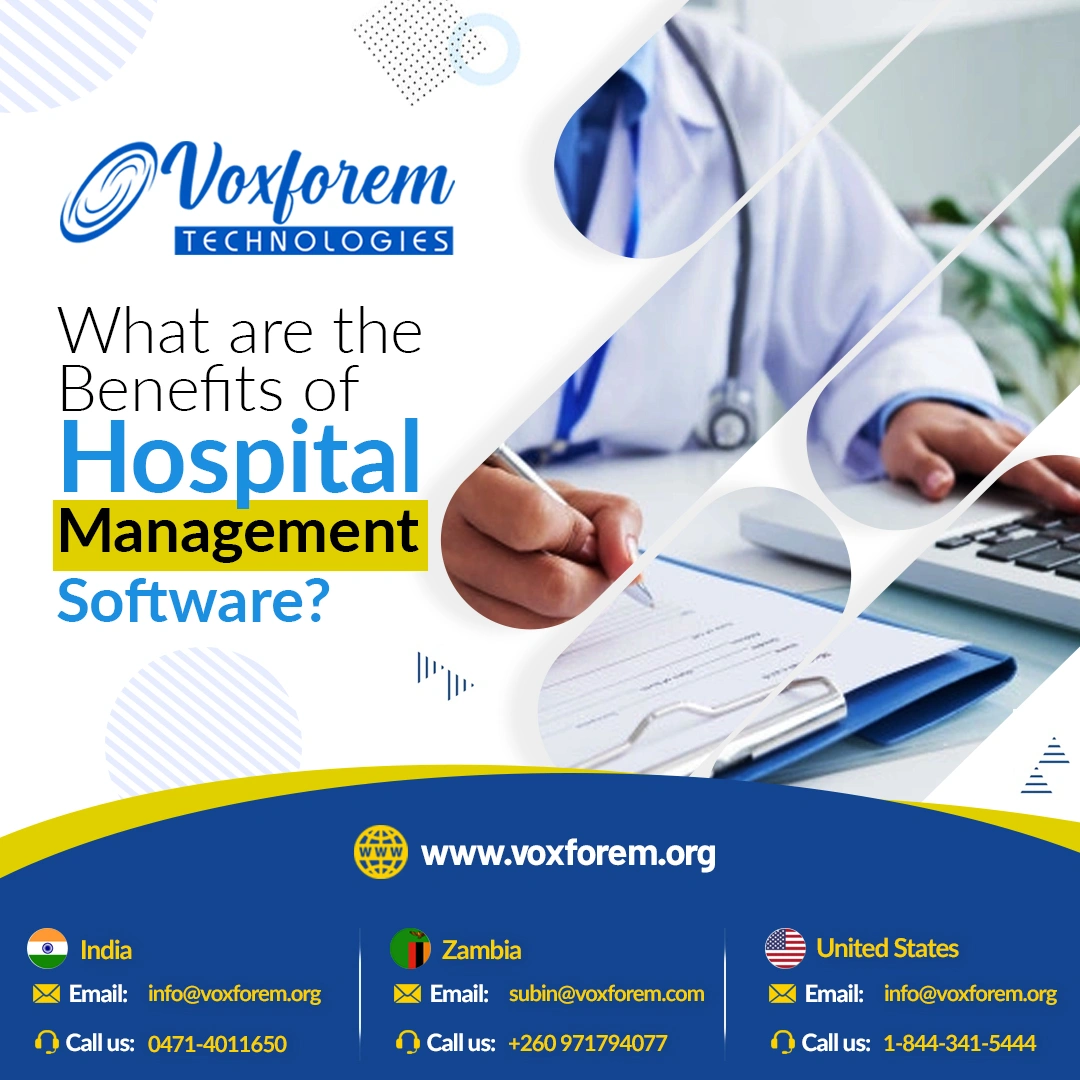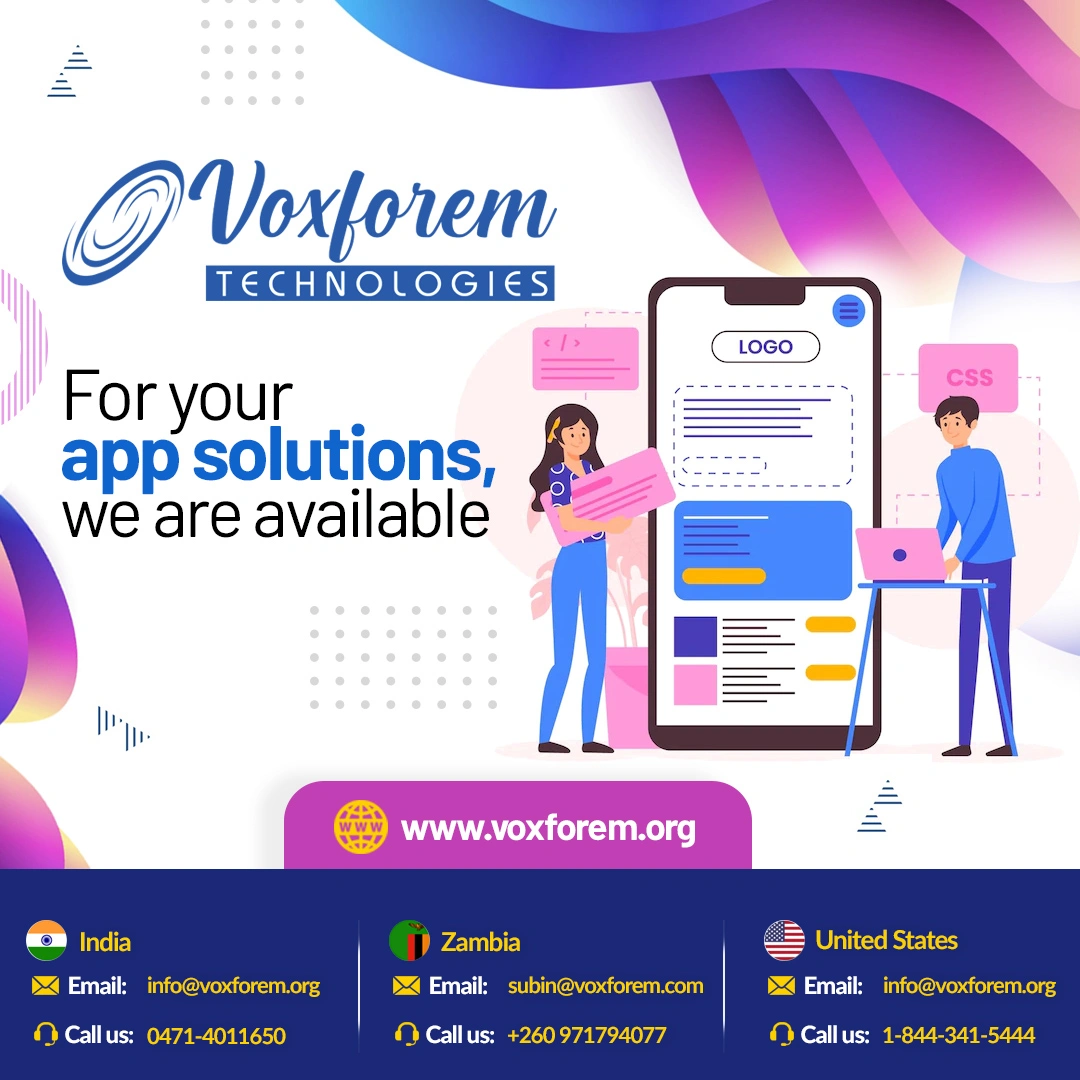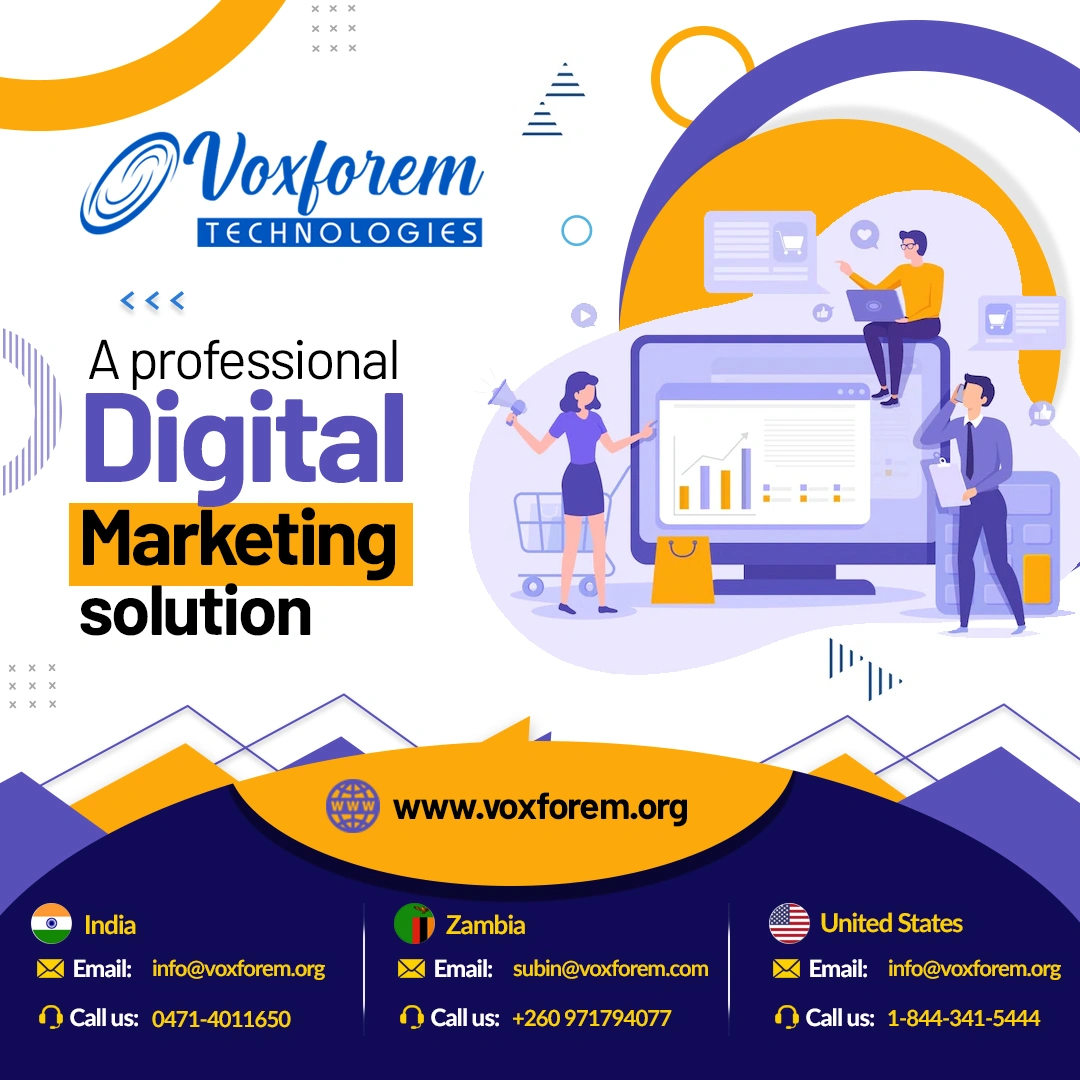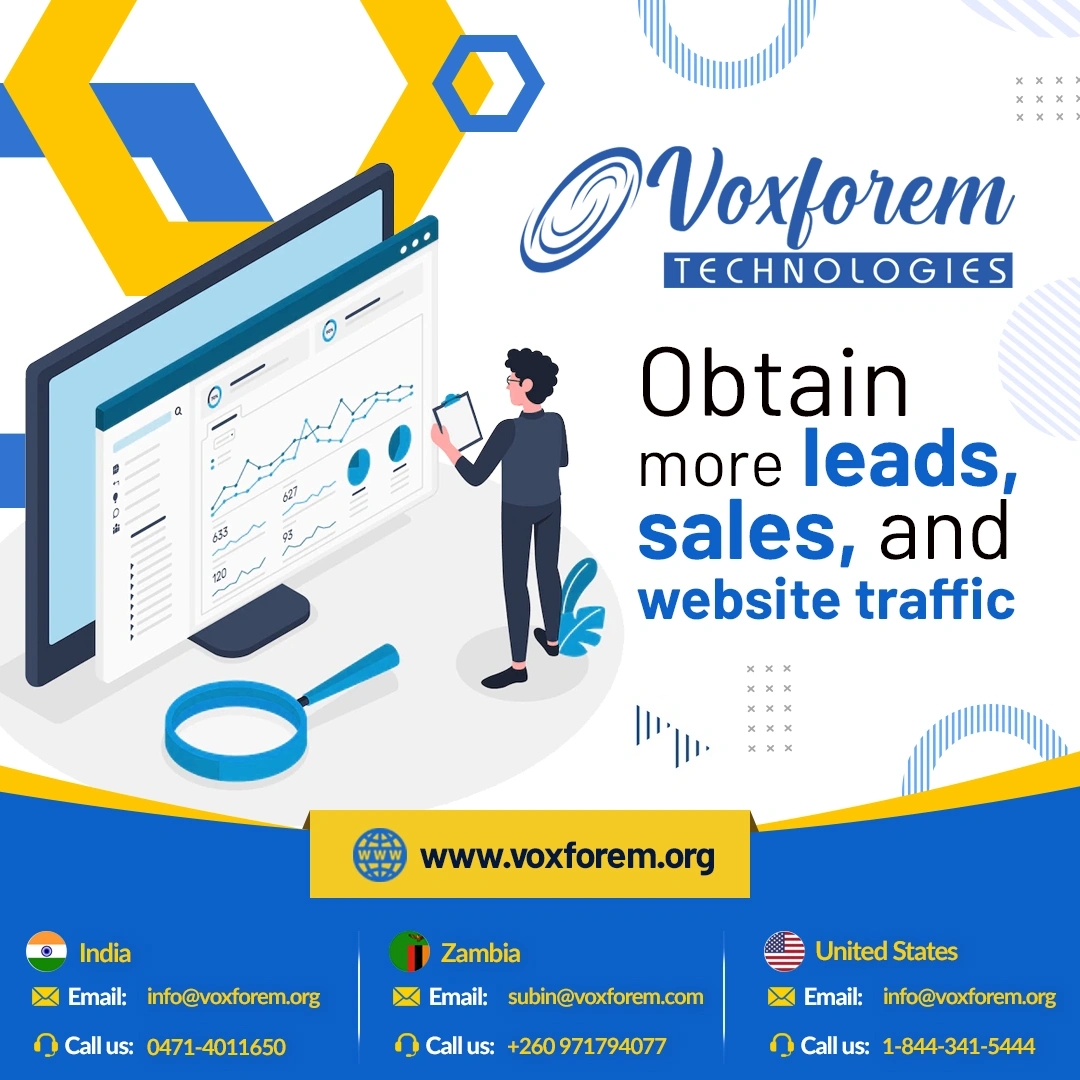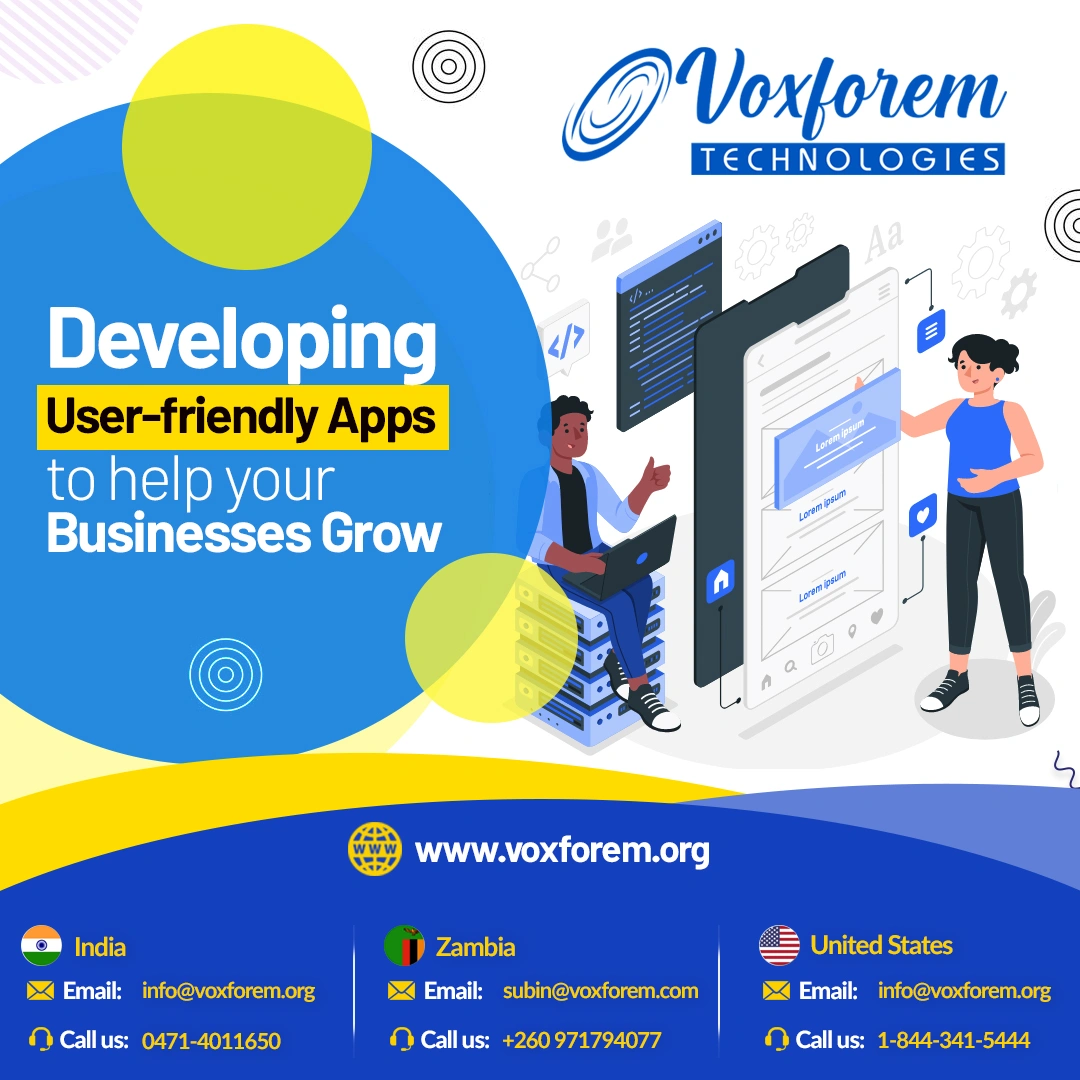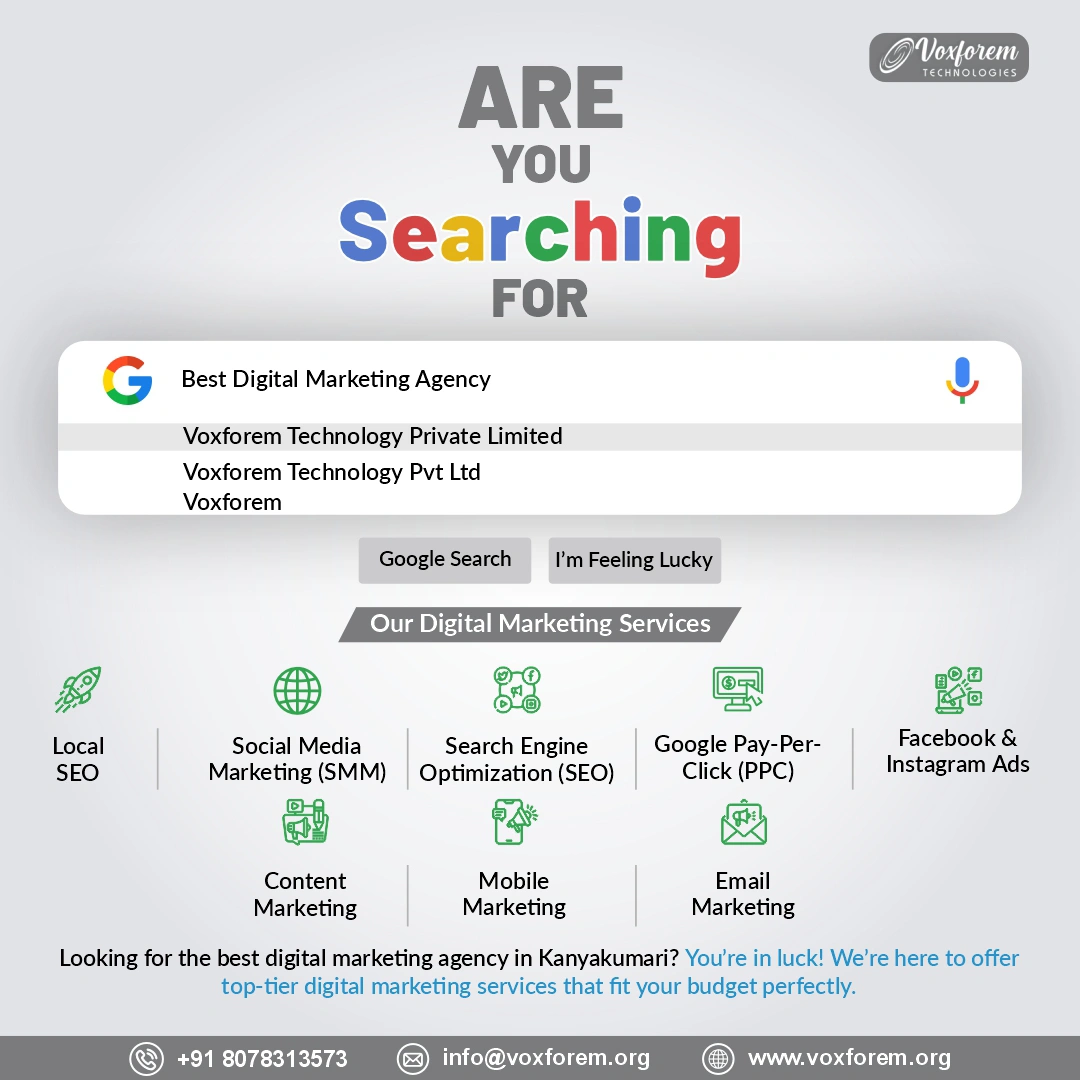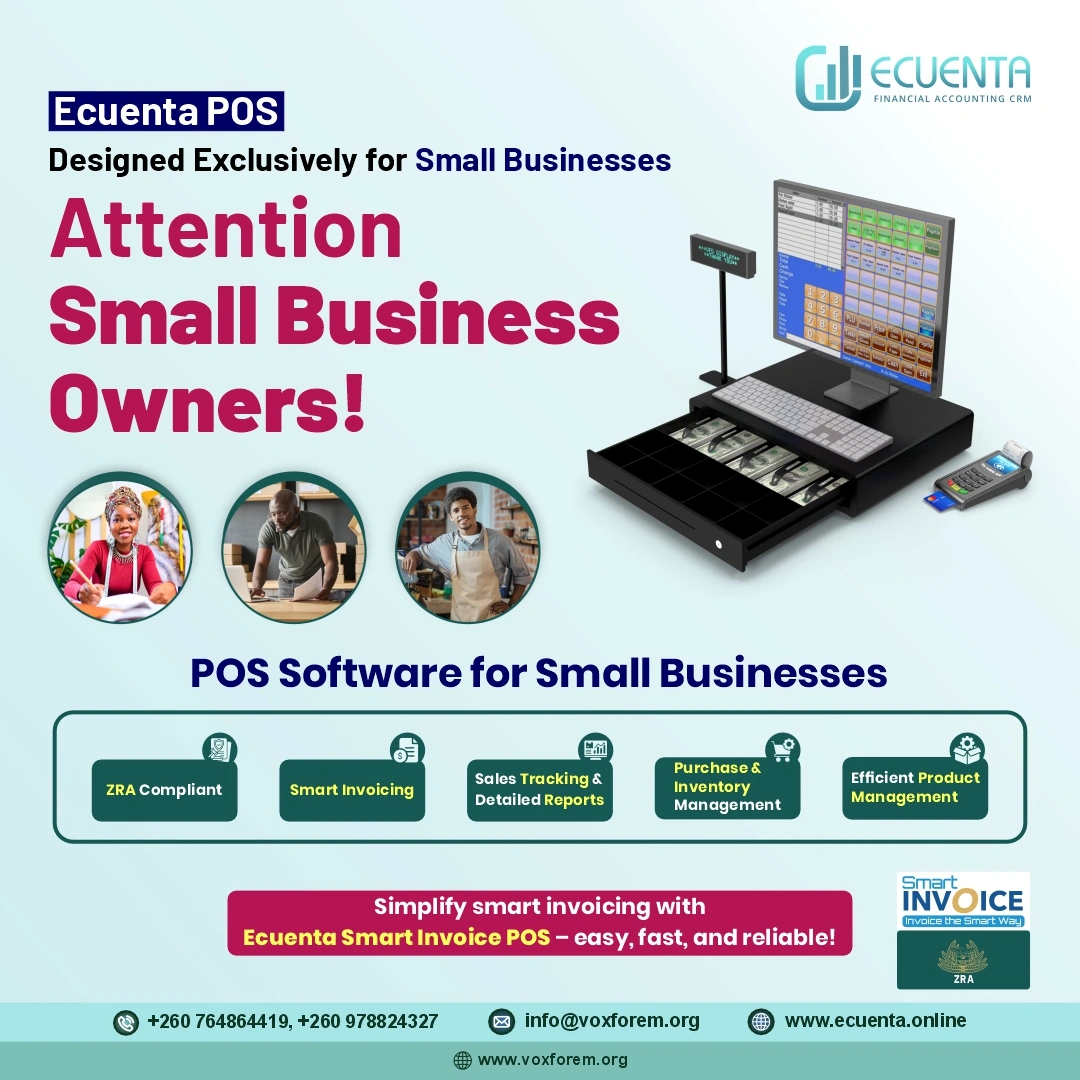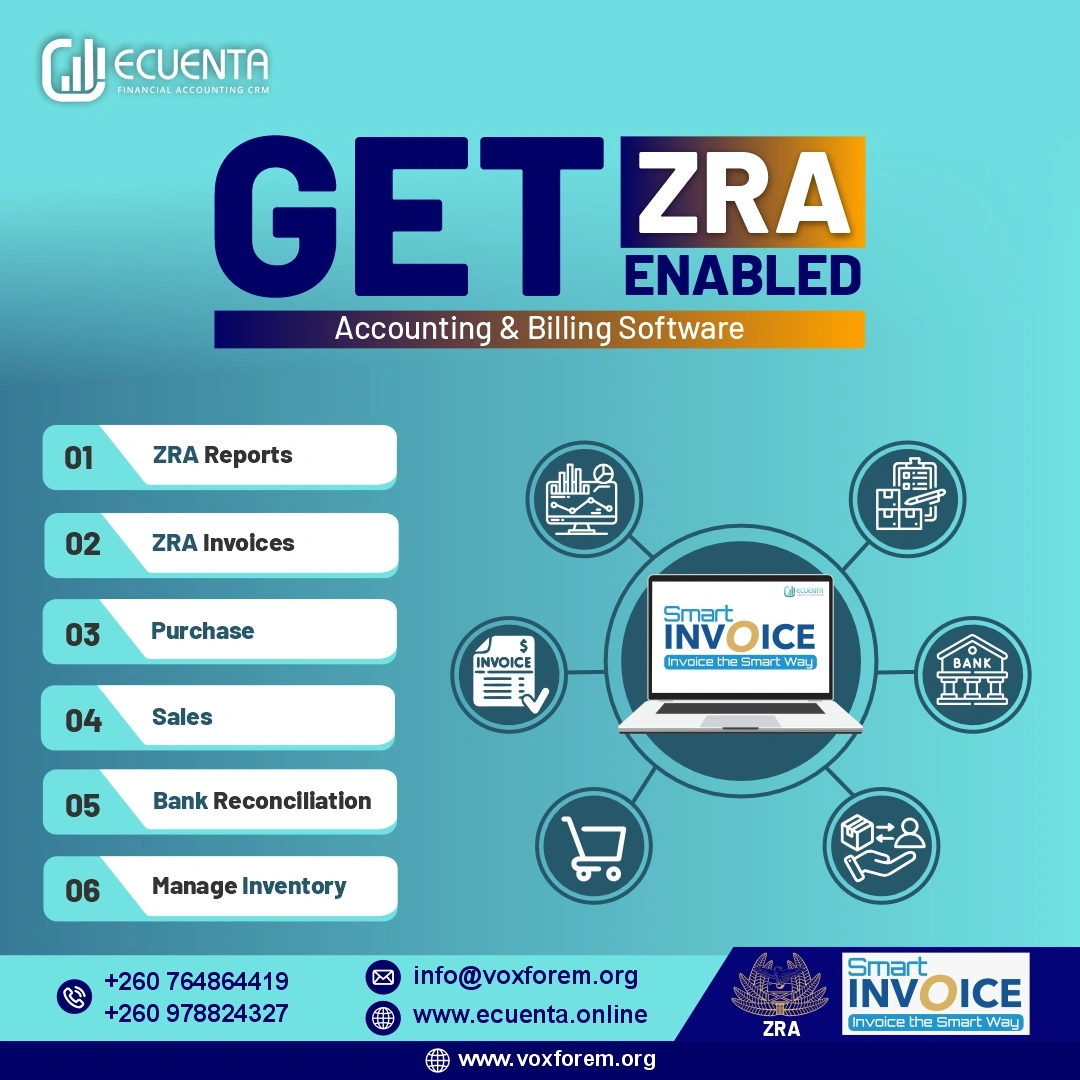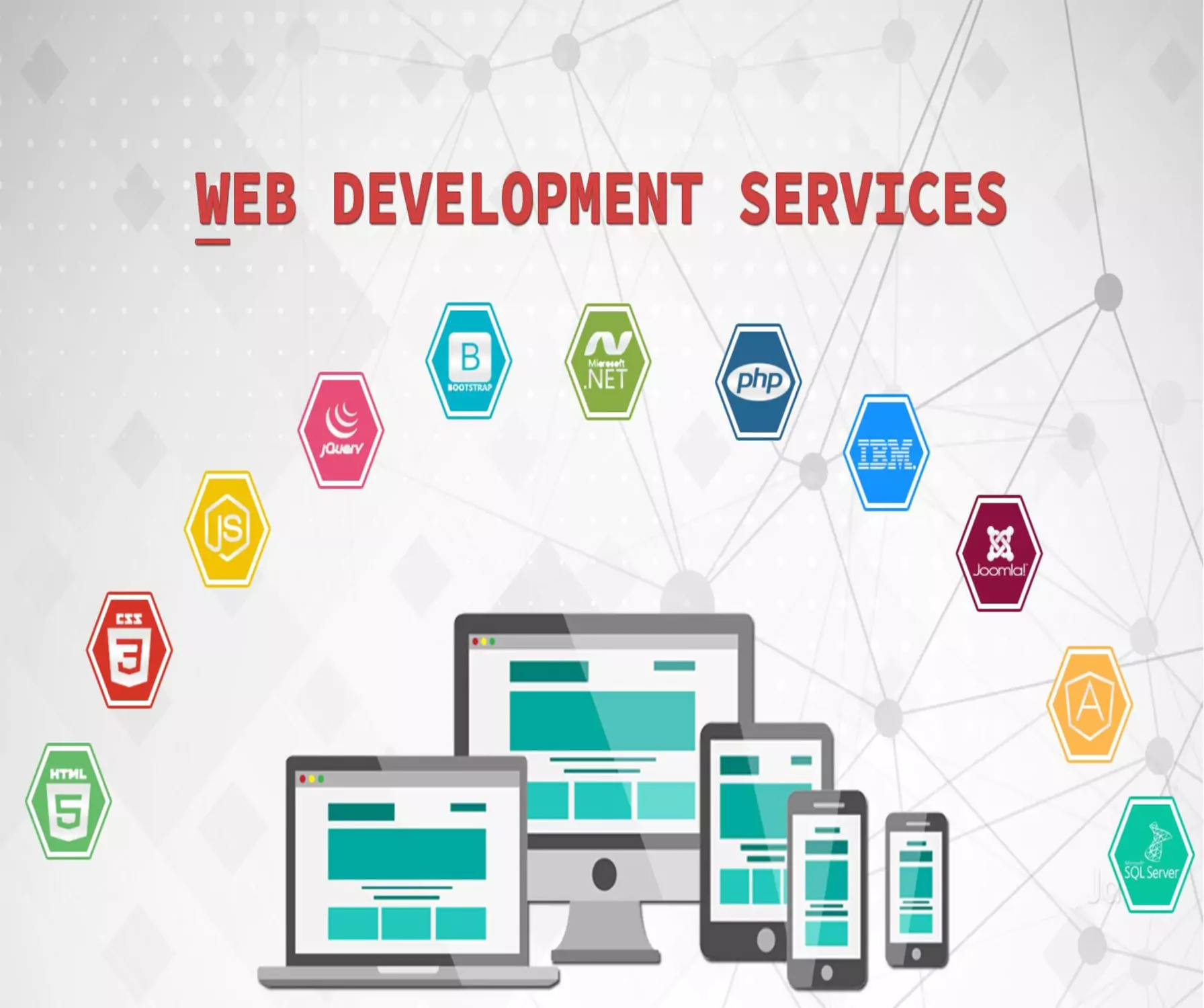ZRA Tax Compliance for ECommerce Businesses in Zambia: A Practical Guide

Top Digital Marketing Strategies and How They Work
1. Search Engine Optimization (SEO)
Search Engine Optimization (SEO) is optimizing your website and its content to rank higher in search engine results pages (SERPs). The goal is to increase organic (non-paid) traffic from search engines like Google.
SEO involves various tactics, including keyword research, on-page optimization, and link building. Here’s a breakdown of how each of these components works:
- Keyword Research : Identifying relevant keywords that your target audience is searching for is crucial. Tools like Google Keyword Planner and SEMrush can help uncover these keywords.
- On-Page Optimization : This includes optimizing website content, titles, meta descriptions, and headers to include target keywords. Additionally, ensuring that your website is user-friendly and mobile-responsive contributes to better rankings.
- Link Building : Acquiring backlinks from reputable websites signals to search engines that your content is valuable, further improving your ranking.
By implementing effective SEO strategies, businesses can enhance their online visibility, attract organic visitors, and ultimately boost sales.
2. Content Marketing
Content marketing involves creating and sharing valuable, relevant content to attract and engage a target audience. The ultimate goal is to drive profitable customer action.
Content marketing encompasses various formats, including blogs, videos, infographics, and podcasts. Here’s how to effectively leverage content marketing:
- Creating Valuable Content : Focus on producing content that addresses the needs and pain points of your audience. This could take the form of how-to guides, industry insights, or entertaining videos.
- Distributing Content : Utilize various platforms, including social media, email, and your website, to distribute your content widely. Content should be optimized for each platform to maximize engagement.
- Measuring Success : Use analytics tools to monitor engagement metrics, such as page views, shares, and conversion rates. Adjust your strategy based on what resonates best with your audience.
By consistently delivering valuable content, businesses can establish themselves as industry authorities, build trust with their audience, and drive traffic to their websites.
3. Social Media Marketing
Social media marketing involves using platforms like Facebook, Instagram, Twitter, and LinkedIn to connect with your audience, promote your brand, and drive traffic to your website.
Successful social media marketing requires a well-defined strategy. Here’s how to create an impactful social media presence:
- Selecting the Right Platforms: Choose social media platforms that align with your target audience. For instance, Instagram is ideal for visual content, while LinkedIn is best for B2B marketing.
- Creating Engaging Content: Post content that is interactive and encourages engagement. This can include polls, contests, videos, and user-generated content.
- Building a Community: Engage with your audience by responding to comments, messages, and mentions. Building a loyal community fosters brand loyalty and encourages word-of-mouth marketing.
By effectively utilizing social media, businesses can expand their reach, enhance brand awareness, and generate leads.
4. Email Marketing
Email marketing is a direct communication channel that allows businesses to send messages, promotions, and updates to their target audience through email.
Email marketing can be highly effective when executed correctly. Here’s how to utilize email marketing strategies:
- Building a Quality List: Start by creating a list of subscribers who have opted in to receive your emails. This can be done through sign-up forms on your website, blog, or social media channels.
- Segmentation: Segment your email list based on demographics, purchase history, or engagement levels. This ensures that your messages are tailored and relevant to each audience segment.
- Personalization: Personalize your email content to enhance engagement. Use the recipient’s name and recommend products based on their past purchases.
- Measuring Effectiveness: Track key metrics, such as open rates, click-through rates, and conversions, to assess the performance of your email campaigns. Adjust your strategy based on the data.
Effective email marketing can nurture leads, encourage repeat business, and keep your audience informed about promotions and product launches.
5. Pay-Per-Click (PPC) Advertising
PPC advertising is a model where businesses pay for each click on their ads. These ads typically appear at the top of search engine results or on social media platforms.
PPC can be an effective way to drive immediate traffic to your website. Here’s how to effectively implement a PPC campaign:
- Keyword Research: Identify relevant keywords that align with your business and target audience. These keywords will determine when and where your ads appear.
- Creating Compelling Ads: Write engaging ad copy that captures attention and encourages clicks. Include strong calls-to-action and relevant visuals.
- Landing Page Optimization: Ensure that your landing pages are optimized for conversions. The landing page should be relevant to the ad’s content and have clear calls-to-action.
- Monitoring and Adjusting: Monitor the performance of your PPC campaigns regularly. Analyze which ads are performing well and adjust your bids and strategies accordingly for optimal results.
PPC advertising can deliver immediate results and is particularly effective for promotions, lead generation, and brand awareness.
6. Influencer Marketing
Influencer marketing involves collaborating with individuals who have a significant following on social media to promote your products or services.
Influencer marketing can yield impressive results when executed correctly. Consider the following:
- Finding the Right Influencers: Identify influencers whose values, audience, and content align with your brand. This ensures that the partnership feels authentic and resonates well with their followers.
- Collaborative Campaigns: Develop campaigns where influencers create content that showcases your product or brand authentically. This could include reviews, unboxings, or creative integrations.
- Tracking Results: Track the performance of influencer campaigns through metrics such as engagement rates, conversion tracking, and sales generated from their promotions.
By leveraging the trust and authority that influencers have with their audience, businesses can enhance their brand credibility and reach new customers.
7. Analytics and Data-Driven Marketing
Data-driven marketing involves leveraging data analytics to inform marketing strategies, campaigns, and decision-making processes.
Using analytics tools can significantly enhance marketing effectiveness. Key components include:
- Tracking Metrics: Utilize tools like Google Analytics, SEMrush, and social media insights to track key metrics such as traffic sources, user behavior, and conversion rates.
- Understanding Audience Insights: Analyze data to understand your audience’s preferences, demographics, and behavior. This information can guide content creation and targeting strategies.
- A/B Testing: Implement A/B testing to compare different strategies, such as email subject lines, ad variations, and landing page designs. Use the results to refine and optimize your marketing efforts.
By adopting a data-driven approach, businesses can make informed decisions and continuously improve their marketing strategies based on real-world insights.
Conclusion
Digital marketing is an ever-evolving landscape, and adopting the right strategies is crucial for success. By incorporating SEO, content marketing, social media marketing, email marketing, PPC advertising, influencer marketing, and data-driven marketing, businesses can enhance their visibility, engage their audience, and drive conversions. As you develop your digital marketing strategy, remember to stay updated with industry trends and continuously optimize your approach for the best results. With the right strategies in place, your business can thrive in the digital world.




